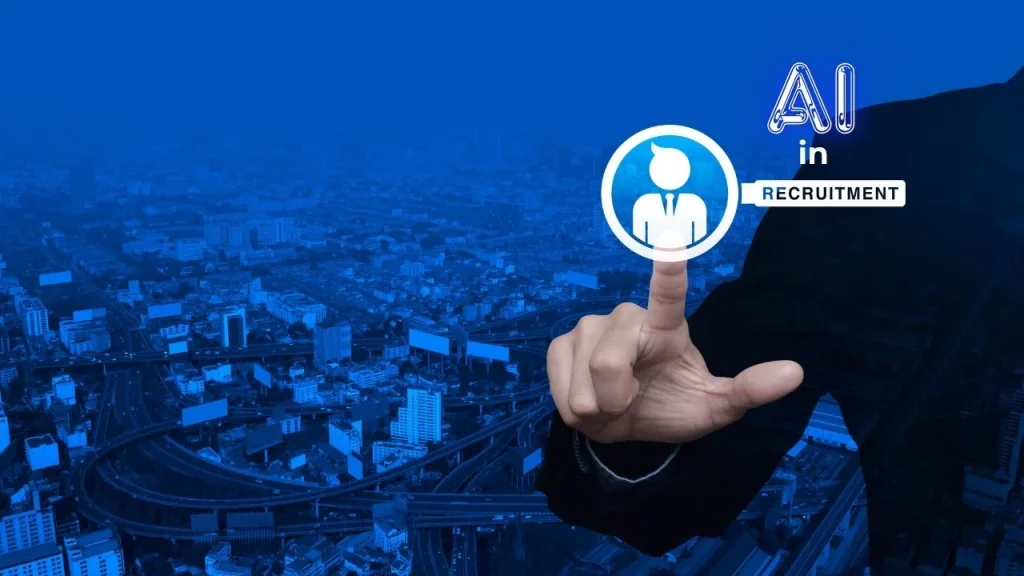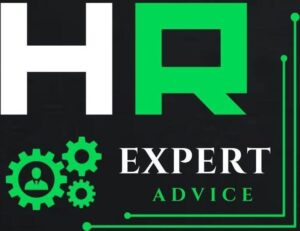Table of Contents
- Introduction
- What We Mean by “AI in Recruitment”
- Why AI Matters: Benefits & Stats
- How AI Supports Recruiters
- AI Tools in Action: Real Use Cases
- Challenges & Ethical Considerations
- Best Practices for Adoption
- The Human + AI Partnership
- Conclusion & Call to Action
- FAQs
1. Introduction
Picture this: your hiring team is swamped, tied down with stacks of resumes. Now imagine AI swoops in, sorts through hundreds of candidates in minutes, and brings your top matches forward. That’s not sci-fi—it’s happening now. In “AI in recruitment”, technology streamlines tasks, boosts fairness, and frees up your team to focus on people, not paperwork.

2. What We Mean by “AI in Recruitment”
When we talk about AI in recruitment, we’re referencing tools like:
- Resume-screening algorithms that flag relevant skills and keywords
- Chatbots that answer candidate questions 24/7
- Predictive analytics recommending best-fit applicants
- Video interview software analyzing speech, tone, and even facial cues
This tech performs the repetitive, data-heavy tasks—saving your team time and highlighting top talent efficiently. It’s an assistant, not a replacement.
3. Why AI Matters: Benefits & Stats
Evidence shows AI isn’t just a buzzword—it’s delivering results:
- 85% of employers using AI report time savings and higher efficiency
- 86% of recruiters say AI tools speed up hiring by as much as 70%
- 67% note reduced bias, while 31% see better candidate-job matches
- AI-identified candidates are 14% more likely to pass interviews—and accept offers
- 87% of companies now include AI in some recruitment stage
These metrics reflect dramatic gains in speed, quality, and fairness.
4. How AI Supports Recruiters
AI doesn’t replace humans—it empowers them. Here’s how:
- Sourcing at Scale
AI mines platforms like LinkedIn and internal databases, uncovering passive candidates and increasing reach. - Smart Screening
Algorithms flag those who meet your hiring criteria, cutting review time dramatically. - Engaging Chatbots
Automated chat tools guide candidates through applications and answer FAQs 24/7. - Predictive Hiring
AI analyzes past hiring success to recommend candidates more likely to thrive—based on skills, culture fit, and experience. - Interview Analytics
Video interview platforms like HireVue assess verbal and non-verbal cues, helping prioritize candidates.
5. AI Tools in Action: Real Use Cases
- Salesforce uses AI (“Agentforce”) to scan CVs and highlight skills, freeing recruiters to focus on personal interaction businessinsider.com.
- Allstate dropped screening time from 22 to 11 days using AI-powered candidate detection businessinsider.com.
- Chipotle’s AI assistant “Ava Cado” cut hiring time from 12 days to 4, improving application completion from 50% to 85% bcg.com+8barrons.com+8theaustralian.com.au+8.
- Infosys deployed AI bots to handle rounds of technical interviews trainingmag.com+9linkedin.com+9nypost.com+9.
- LinkedIn launched its AI hiring assistant to write job specs, find candidates, and draft outreach—with 44% higher message acceptance trainingmag.com+12thetimes.co.uk+12en.wikipedia.org+12.
These stories show AI in action—accelerating results and boosting consistency.
6. Challenges & Ethical Considerations
AI isn’t without issues. Key concerns include:
- Algorithmic bias: AI can reflect human prejudice if trained on skewed data goboon.co+1ijbmi.org+1linkedin.com+9arxiv.org+9nypost.com+9ijbmi.org+2en.wikipedia.org+2info.daxtra.com+2.
- Missed talent: About 35% of recruiters worry AI might overlook unconventional—but—valuable profiles herohunt.ai+1tidio.com+1.
- Candidate wariness: 66% of job seekers feel uneasy about AI involvement herohunt.ai.
- Regulation: Laws—like Illinois’s AI interview act—are emerging to ensure fairness en.wikipedia.org.
- Data privacy: Video platforms raise biometric concerns, prompting scrutiny around tools like HireVue .
7. Best Practices for Adoption
To get AI right, follow these steps:
- Start small: Pilot AI in areas like screening or chatbots first.
- Keep humans in control: AI flags, humans decide.
- Audit for bias: Regularly check for disparities in selection outcomes.
- Communicate transparently: Let candidates know where AI is used.
- Ensure compliance: Check local laws around video AI or data usage.
- Train and refine: Update AI based on feedback and performance metrics.
With discipline, AI becomes a powerful ally—not a threat.
8. The Human + AI Partnership
At its best, AI amplifies human recruiters:
- AI handles volume and patterns.
- Recruiters bring empathy, judgment, and cultural fit.
- Together, they build faster, fairer, more personalized hiring journeys.
AI frees your team to invest in relationship-building, candidate care, and strategic outreach—where humans truly add value.
9. Conclusion
AI in recruitment is more than automation—it’s transformation. When applied thoughtfully, it boosts efficiency, reduces bias, and elevates the entire hiring experience. But it must be balanced with human oversight and ethical awareness.
Your next move:
- Choose one AI tool—such as resume parsing or chatbot—and pilot it within your team.
- Measure its impact on time-to-fill, candidate feedback, and quality of hire.
- Adjust based on results—and aim to humanize every step.
Call to Action: Ready to unlock smarter hiring? Start today—pilot a chatbot, set up bias audits, and begin claiming the benefits of AI in recruitment.
FAQs
1. What does “AI in recruitment” mean?
It refers to tech using algorithms to automate and enhance sourcing, screening, chat, and interview analysis.
2. Will AI replace human recruiters?
No—it supports them by handling volume work, freeing humans to focus on candidate interaction and decision-making.
3. How accurate are AI hiring predictions?
Studies show AI-sourced candidates are about 14% more likely to succeed in interviews businessinsider.cominfo.daxtra.com, but accuracy hinges on proper tuning.
4. Is AI fair in hiring?
AI can reduce human bias but may also inherit data biases; continuous audits and diverse data help maintain fairness.
5. How do I start using AI in recruitment?
Begin a small pilot in one stage (like resume screening), keep hiring teams in the loop, and review outcomes monthly.

